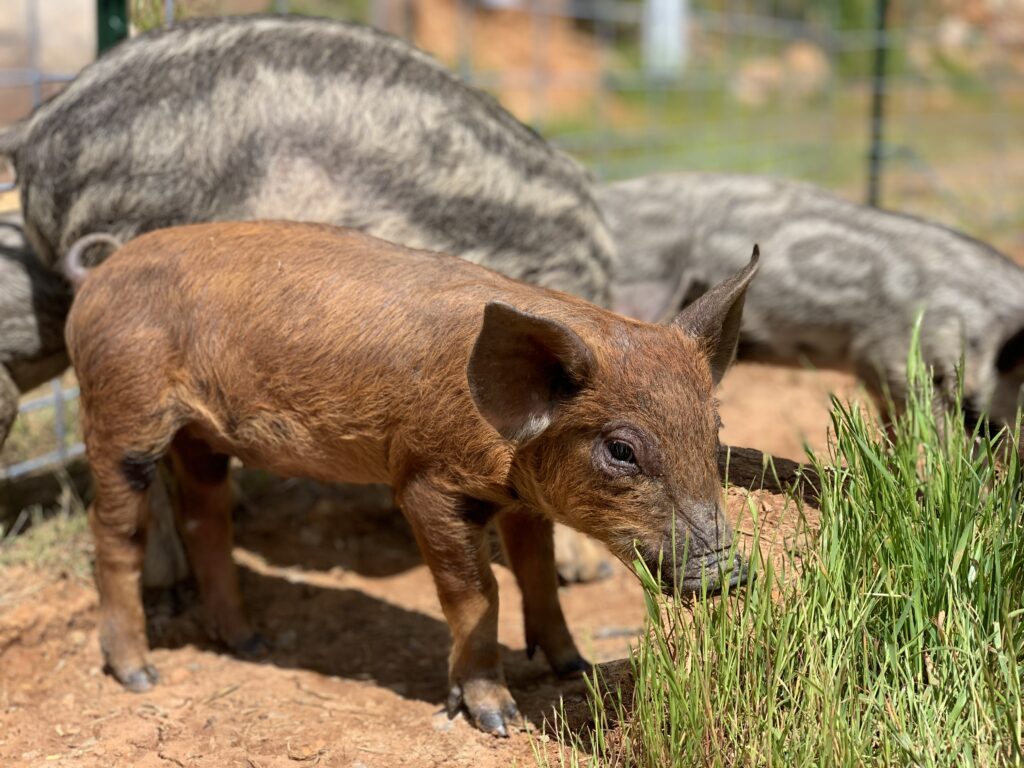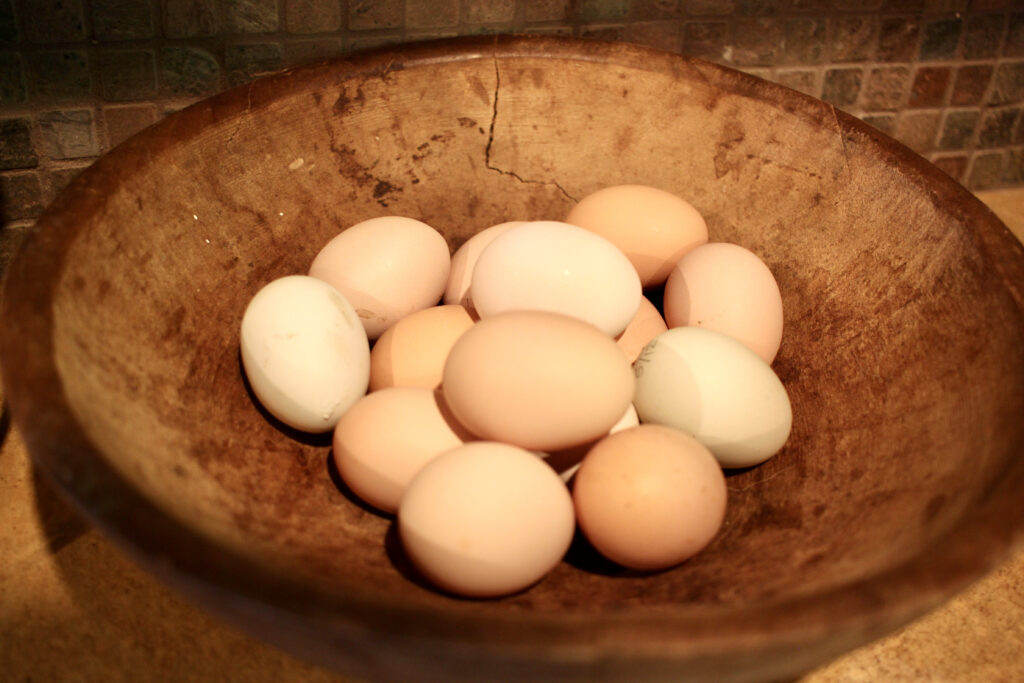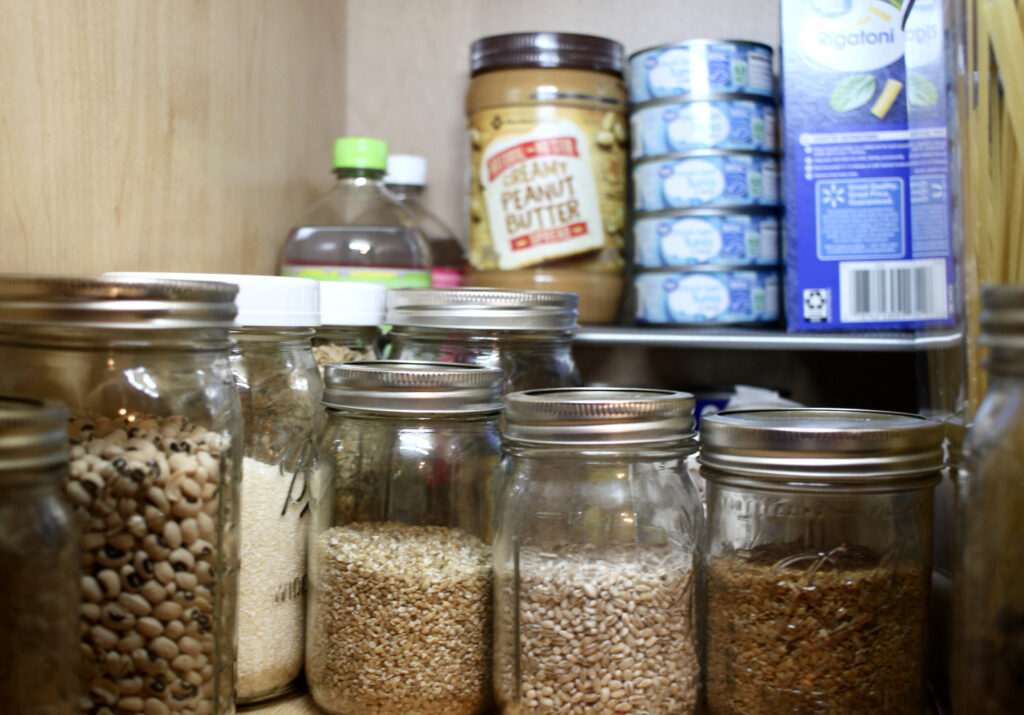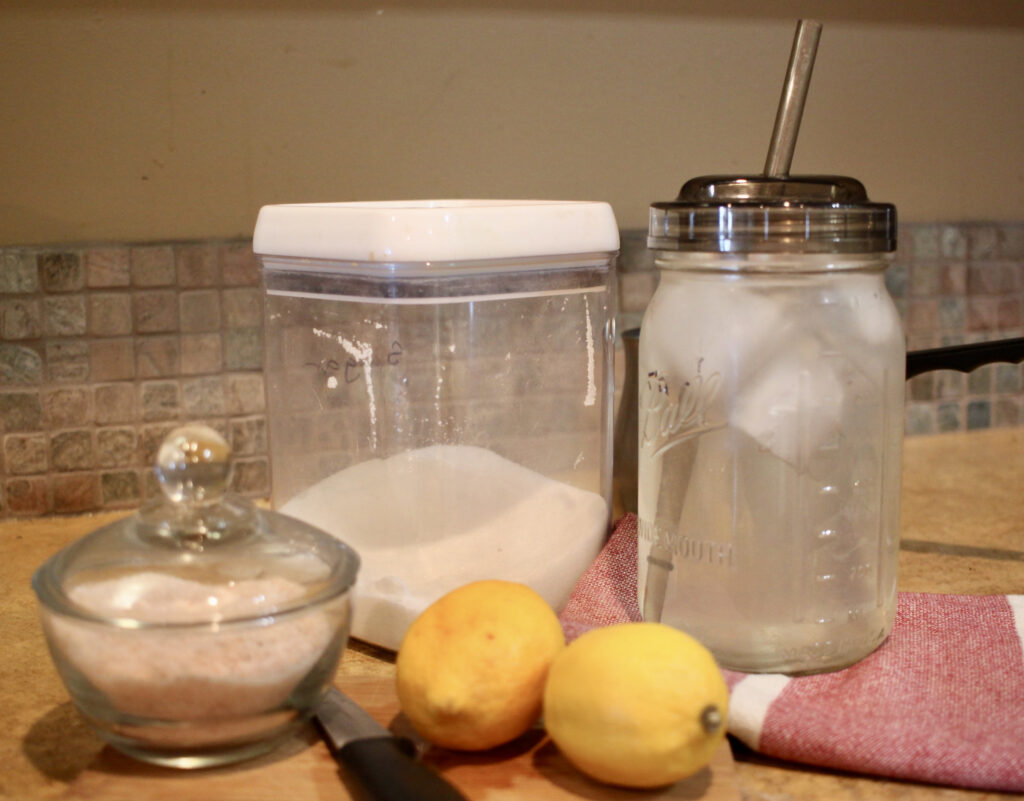When healthy living is your goal, homesteading offers some great benefits.
Lorem ipsum dolor sit amet, consectetur adipiscing elit, sed do eiusmod tempor incididunt USD-557645843 ut labore et dolore magna aliqua. Ut enim ad minim veniam, quis nostrud exercitation ullamco laboris nisi ut aliquip ex ea commodo consequat.
We’ve all been there. That point where we decide we need to live healthier. Then when we start researching how to do that, EVERYONE has a program to sell us. Right? Well, I’m not selling anything. I’m just sharing how our move to homestead over the past year has resulted in much better health for us.
We’ve not arrived at perfection, but the journey is satisfying and interesting. Trust me when I say that I never imagined myself being a ‘country girl’ or living a farm life, but here I am…with 68 chickens and on round two of raising meat pigs. My work clothes consist of muck boots, long pants, tank tops and work gloves. I’ve come a long way and I couldn’t be happier.
Benefits of Homesteading
Outsiders may think we are crazy but there are loads of benefits from homesteading. Here I will share six that are both physical and mental. I believe that everyone can find one or two that resonate with them.
1. Growing your own food brings a sense of peace.

Making food choices today can be confusing. Labels like ‘natural’, ‘cage free’, ‘hormone free’ and ‘organic’ can be both confusing and deceptive since labeling is anything but clear and honest. One way to know exactly what is in your food is to simply grow it or raise it yourself. There is a lot of peace that comes from knowing that we are feeding our family truly free range chicken that has not been fed genetically modified feed and raised their entire live in a factory or that our vegetables are fresh and local with no pesticides.
2. Homesteading provides an abundance of exercise.
Prepping and maintaining a garden, building fences and shelters and regular feeding of animals are just a few of the activities that will keep you moving…constantly. For us, this has definitely been an increase in physical activity and as a result both my husband and I have seen increased physical strength as well as some weight loss (or at least rearrangment). We’re making additional changes, but I’ll share about that in a different post.

If you struggle making time for daily exercise because you feel like you need to be doing something ‘productive’, well, homesteading allows you to get lost of exercise while caring for animals, structures and the land which are already on the ‘to do list’. It’s still a good idea to supplement to cover weak areas not addressed, but chores go a long way in providing physical activity plus a sense of accomplishment.
3. Homesteading provides plenty of fresh air and sunshine.
Physically being outside at least twice a day (and much more if you are full time homesteading), provides lots of exposure to fresh air and sunshine. So, vitamin D is plentiful. For those of us who spend a significant amount of time behind a screen, it is reassuring that we can get that daily recommended dose of the the good stuff just by taking care of daily chores. There’s no need for a spray tan or self tanner. Homesteaders keep a healthy glow year round.
4. Mental health benefits from caring for animals are priceless.
Putting the focus on the needs of livestock each morning keeps us from being so focused on ‘me’. Providing for an animal’s needs each day and appreciating that they will also meet your needs in time serves to keep us grounded and filled with gratitude.
There is also a sweet calm that comes from holding baby chicks, petting rabbits and hosing down pigs. It’s a therapy all to itself. It also keeps us grounded in the fact that we are responsible for these creatures. That’s a unique role God gave us in the Garden of Eden. It’s no wonder it feels so natural and soothing.
5. Working outdoors keeps us in tune with the seasons.
The time we spend outdoors planting, weeding, and harvesting along with watching our animals birth more livestock keeps us connected to the uniqueness of each season.



Spring brings the excitement of new birth, new growth and new beginnings. There is a freshness that carries over into our personal lives and homes as well.
Summer brings a bit of a break and a short time of relaxation while crops grow and pigs nap. It is the perfect time to kick back for a moment and enjoy barbecues and creeks. Evenings spent chasing fire flies are memories that last.
Fall brings the harvest and the job of putting away the bounty. It’s often the time of all hands on deck and there is nothing like having the joy of sharing this knowledge with new learners, be they adults or children. Then there is also the welcome break of cooler temps and a new scent in the air. In the U.S., this all culminates in the family gathering of Thanksgiving.
Winter is the time for really slowing down, finding rest and researching to make our plans for the upcoming spring season. What will we plant? What will we raise? What new ventures will we tackle? It’s a time for recovery and preparation.
6. There is never a moment without learning.
There is never a shortage of tasks to complete, plan or adjust on the homestead. Everyday is a learning experience. We make lots of mistakes, have plenty of regrets and sweat a lot but the joy that comes from all of the challenges and the successes keep us going and smiling.
We might smell, but we are definitely happier and healthier!




